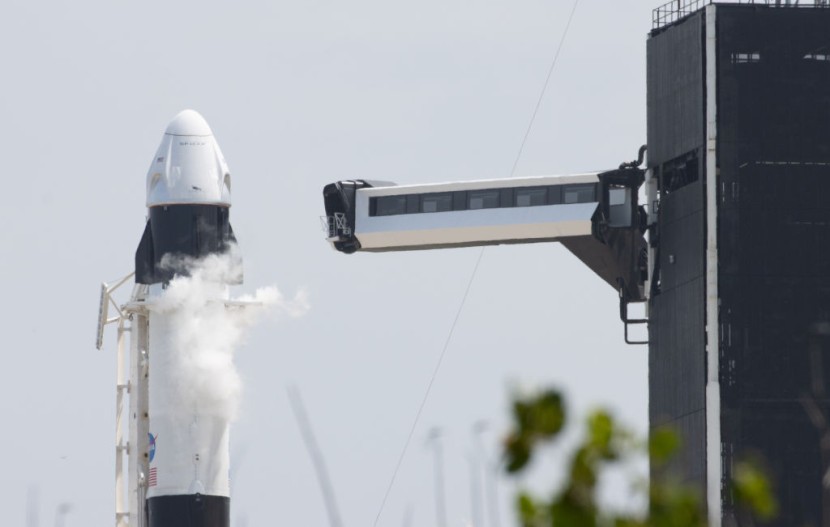
After decades of waiting for a toilet upgrade, the crew of the International Space Station will get to try out the new $23 million titanium toilet which was built to be more suited for women.
The million-dollar space potty is set to be sent to space inside a cargo ship that will blast off from the Wallop Island in Virginia.
The toilet weighs around 45 kilograms and is about 28 inches in height, making it only half as big as the Russian-built toilets which are already installed at the space station.
According to space.com, the National Aeronautics and Space Administration, the toilet was made 'capsule-sized' so that it would fit the NASA Orion capsules which in few years would be bringing astronauts to the moon.
Before it heads to the moon, the residents of the ISS will be trying out the space toilet for a few months. If the trial run becomes successful, the toilet will be opened regularly.
At the moment, more toilets are needed at the space station as the SpaceX has already begun sending more crew to the station. Moreover, Boeing will also begin to send u its first crew in a year's time. The new toilet will be installed in a separate stall just near the old toilet on the United States side in the outpost.
More Suited for women
As the old toilets installed in the station were more suited for men, NASA designed the latest toilet to accommodate women. The seat on the upgraded toilets was tilted and was made taller.
Moreover, Johnson Space Center's project manager, Melissa McKinley stated that the new shape of the toilet will help astronauts get a better position when defecating. She also stated that it was designed so that no mess would be made in the station, saying that "everything just floats in weightlessness."
Meanwhile, the funnels were also redesigned in order to better accommodate urination. It was built with scooped-out and elongated funnels which can be used by women to urinate while seated on the commode which is also used for defecating, The Guardian reported.
McKinley stated that this is better for women since, for many years, women on the space station are not able to defecate and urinate at the same time. This time they would not need to decide between No 1 and No 2.
The latest design of the space toilet also uses air suction rather than water gravity to remove the waste. The urine that is collected by the toilet, on the other hand, is routed to the long-standing recycling system of NASA, which turns urine to water which can be used as drinking water and can also be used for cooking.
It was also stated that the toilet was made up mainly of titanium and also other tough alloys in order to prevent it from washing out and so that it could withstand the acid which comes with the pretreatment of urine.
The last space toilet before this came to the ISS decades ago.
Related article: Possible Martian Life? Mars Has Salty Ponds Next to Underground Lake
© 2025 HNGN, All rights reserved. Do not reproduce without permission.








